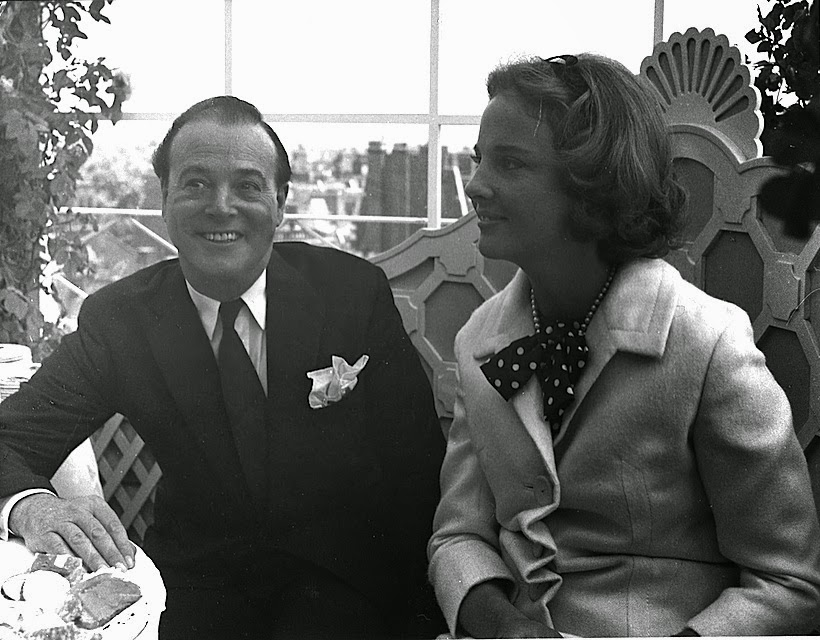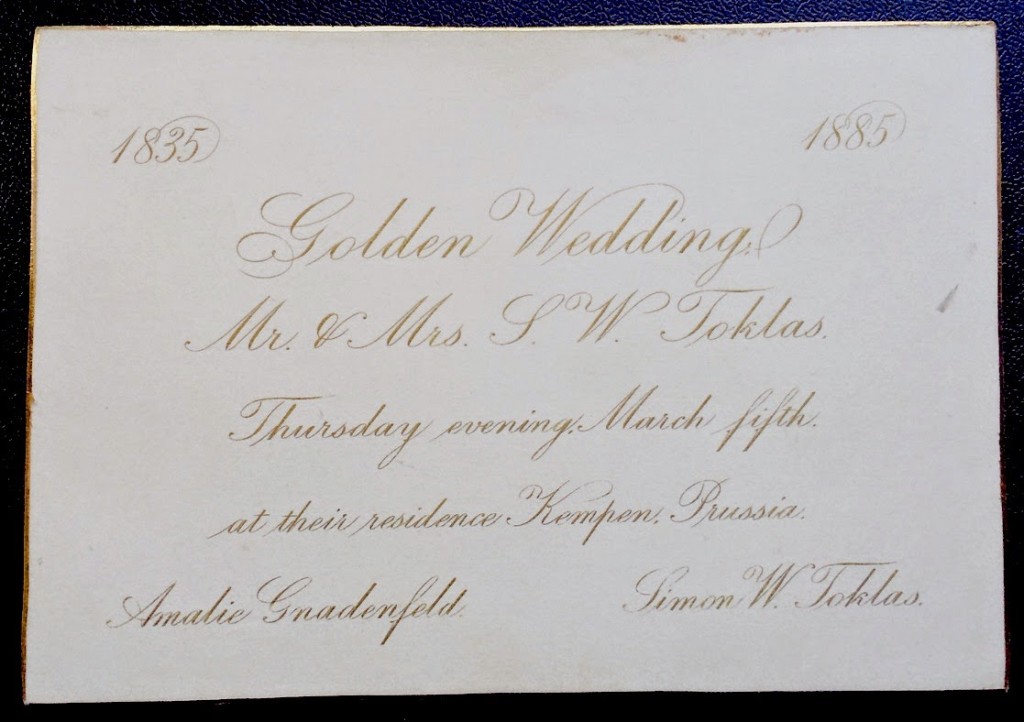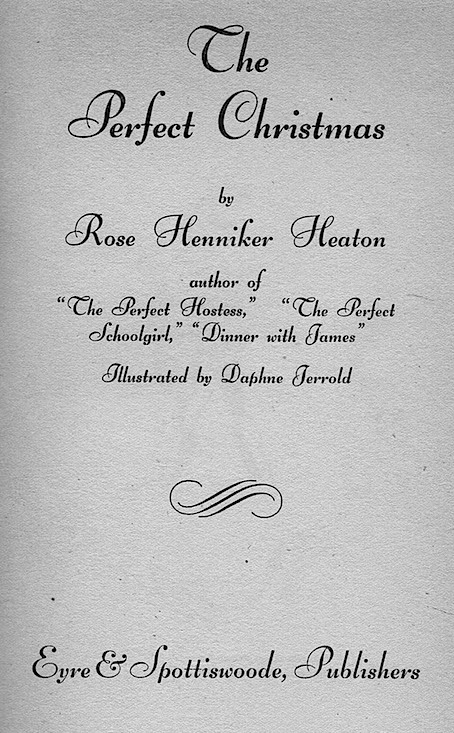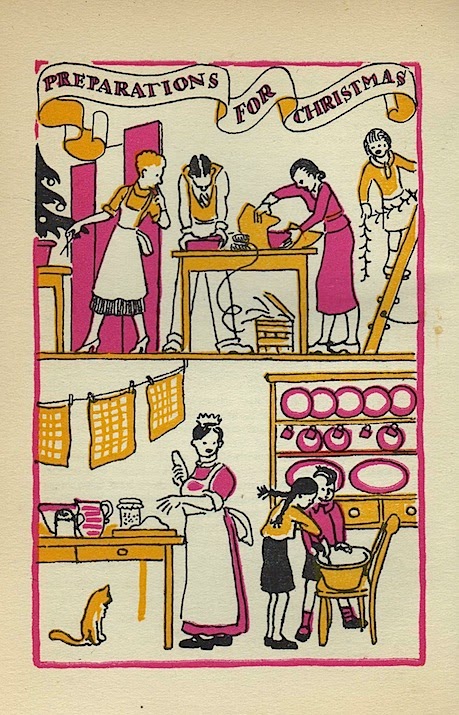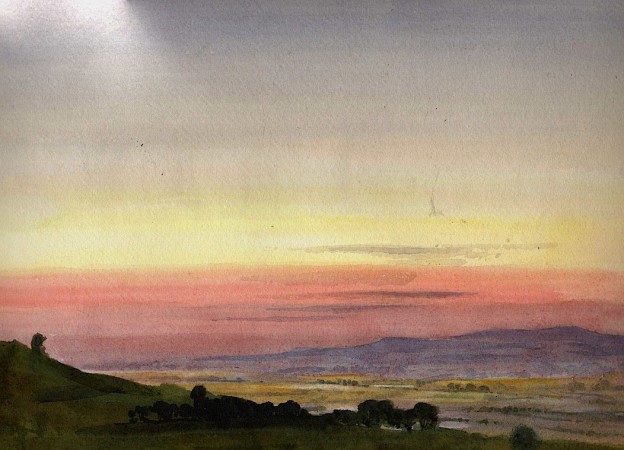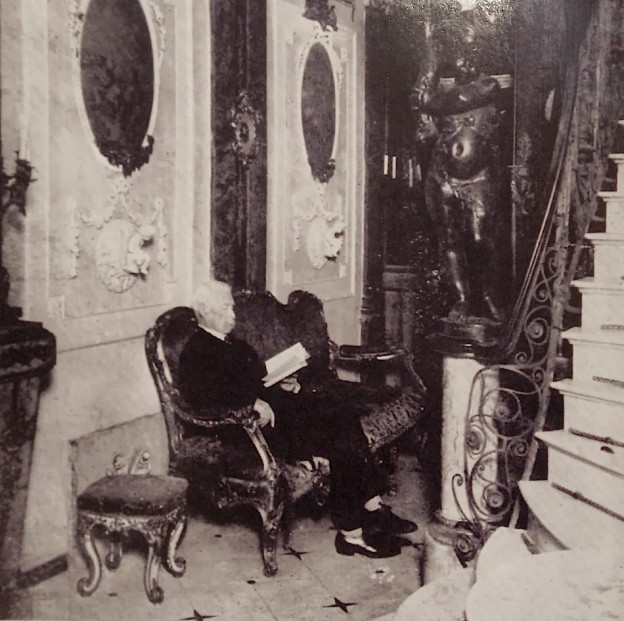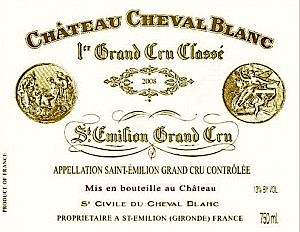It’s a truism that the higher you climb in society or show biz the more you have to lose to blackmailers or stalkers. But this is not a phenomenon of modern times. In a previous Jot it was shown how C. M. Westmacott, a gutter press editor of the Regency period, used his position to extract money from high society offenders. At around the same time the Duke of Wellington—since 1815, the most Famous Living Englishman—was a victim of a determined aristocrat by the name of Lady Georgiana Fane...
Born in 1801, Fane had first met Wellington just after the battle of Waterloo, when at the age of 14, she had danced with him at a ball. In her twenties, she became friendly with Lord Palmerston, who apparently proposed marriage to her. This shedeclined and instead turned her attention once more to the hero of Waterloo. Lady Georgiana, whose beauty was captured in two portraits by Thomas Lawrence, was also highly strung, possibly to the point of neurosis. When she features in the memoirs of her cousin, Lady Arbuthnot, Wellington’s confidante, she is often described as being chronically ‘ill’ and at one point Arbuthnot suspects that her indisposition was ‘almost entirely nervous’. Nevertheless, Wellington seems to have become very fond of the young aristocrat and despite his marriage their friendship developed into romance, with the result that intimate letters were exchanged. After the death of his wife Kitty in 1830, a number of other high society ladies were eager to snare the eligible widower, and possibly because he felt uncomfortable about the increasingly persistent tone of her letters to him, Wellington decided to break off his relationship with Lady Georgiana.
Continue reading








